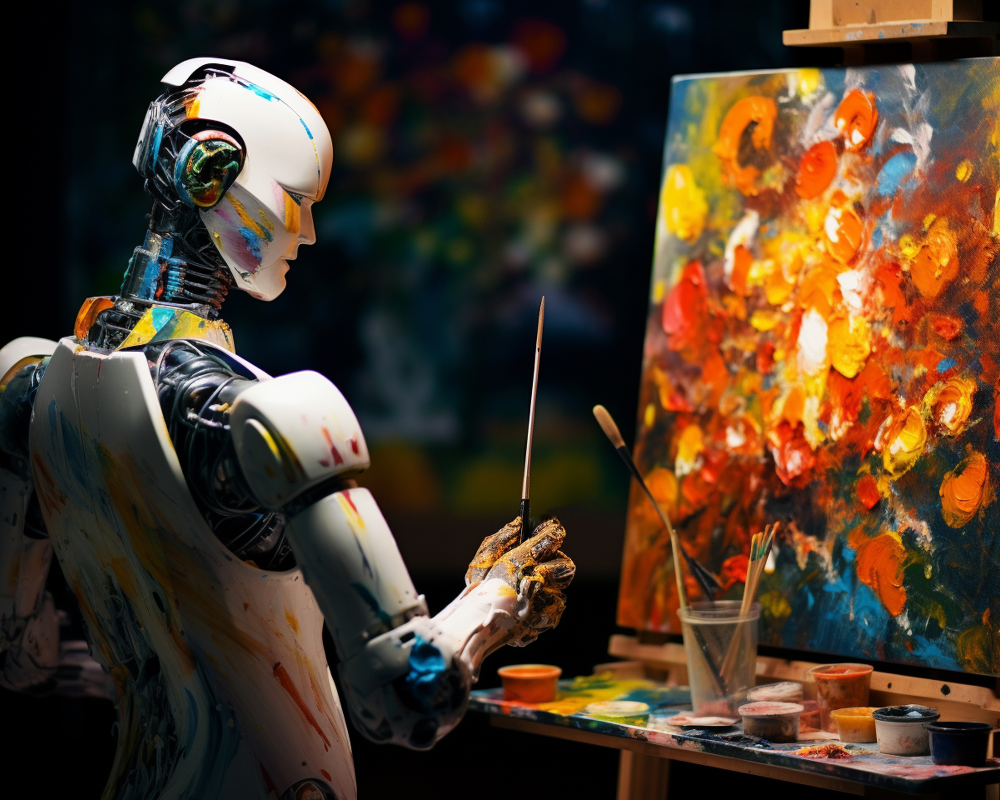August 29, 2025 By: JK Tech
Every once in a while, many of us may have tried drawing something from memory, and no matter the efforts, it’s almost impossible to replicate it stroke for stroke. We pull together fragments of memories, patterns, and influences, and try weaving them into something new. Until recently, researchers weren’t sure how artificial intelligence managed a similar trick. Was it just stitching together bits of old data, or was something deeper happening?
A new study from Harvard sheds light on this puzzle, and the answer is both technical and profoundly human: creativity in AI arises not from randomness, but from the way attention helps machines create order out of chaos.
Diffusion Models: From Noise to Novelty
For years, diffusion models have been the workhorses of AI image generation. They start with static noise and, step by step, refine it into something recognizable, an image of a cat, a city skyline, or even a surreal landscape that never existed. But here’s the paradox: if these systems were perfect, theory suggests they should only recreate images from their training data. In other words, no creativity, just memory. And yet, they surprise us every day with novel and coherent outputs.
Enter the Missing Ingredient: Attention
The secret lies in architecture. Earlier studies showed that convolutional neural networks (CNNs) allowed diffusion models to build images by piecing together patches, like mosaics. That explained why outputs could look realistic but sometimes lacked a sense of unity. What the Harvard team discovered is that when self-attention enters the mix, something changes. Attention isn’t just about noticing details; it’s about linking them together into a meaningful whole.
Think of it this way: if a CNN is a painter’s brush laying down strokes, attention is the eye stepping back, ensuring the composition makes sense. Without attention, the picture may have all the right elements, but it feels fragmented. With attention, the pieces align, patterns emerge, and the image holds together.
Experiments That Proved the Point
In experiments, the researchers trained models on abstract color patterns. CNN only models could reproduce the blocks of colors but often mismatched the combinations. By contrast, even a single attention layer dramatically improved the model’s ability to create consistent, rule following patterns. Creativity, it turns out, doesn’t emerge from chaos, it emerges from consistency enforced by attention.
Why does this matter beyond the lab? Because it reveals a principle that echoes in human imagination as well. Our minds also work with fragments, memories, sensations, cultural influences. But it’s our attention, our ability to focus and connect disparate elements, that turns fragments into coherent stories, songs, or strategies.
What This Means for Us?
For businesses exploring Gen AI, this discovery is more than academic. It explains why AI can produce not just technically accurate outputs, but ones that feel inspired. Whether designing marketing campaigns, generating new product ideas, or creating digital art, understanding the mechanics of AI creativity helps us see where the technology shines and where it still struggles.
A Glimpse of the Future
It also points to the future. If a single layer of attention can unlock coherence in images, imagine what more advanced attention mechanisms could do across modalities: text, speech, video, or even cross-domain creativity. We may be standing at the edge of a new wave where AI doesn’t just replicate patterns, it curates them into meaningful experiences.
At its core, the Harvard study reminds us that AI creativity is not magic. It is structure, balance, and connection. Just like us.



